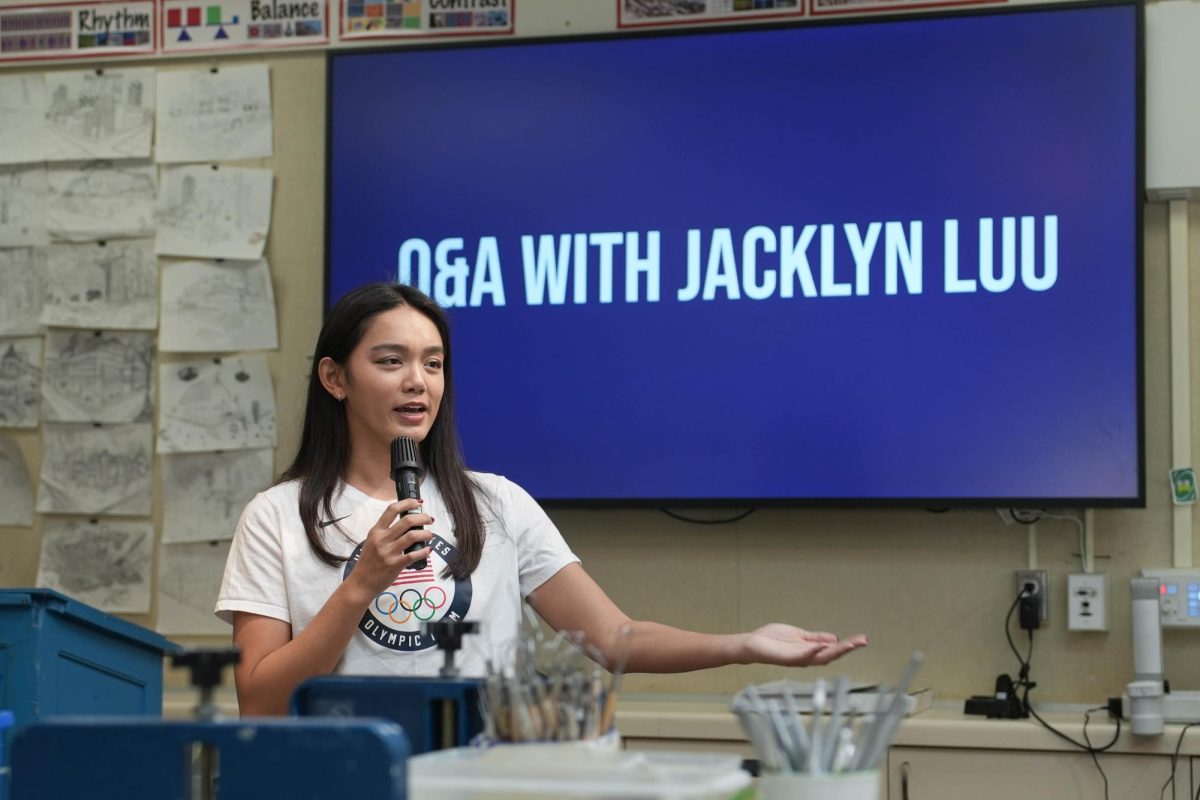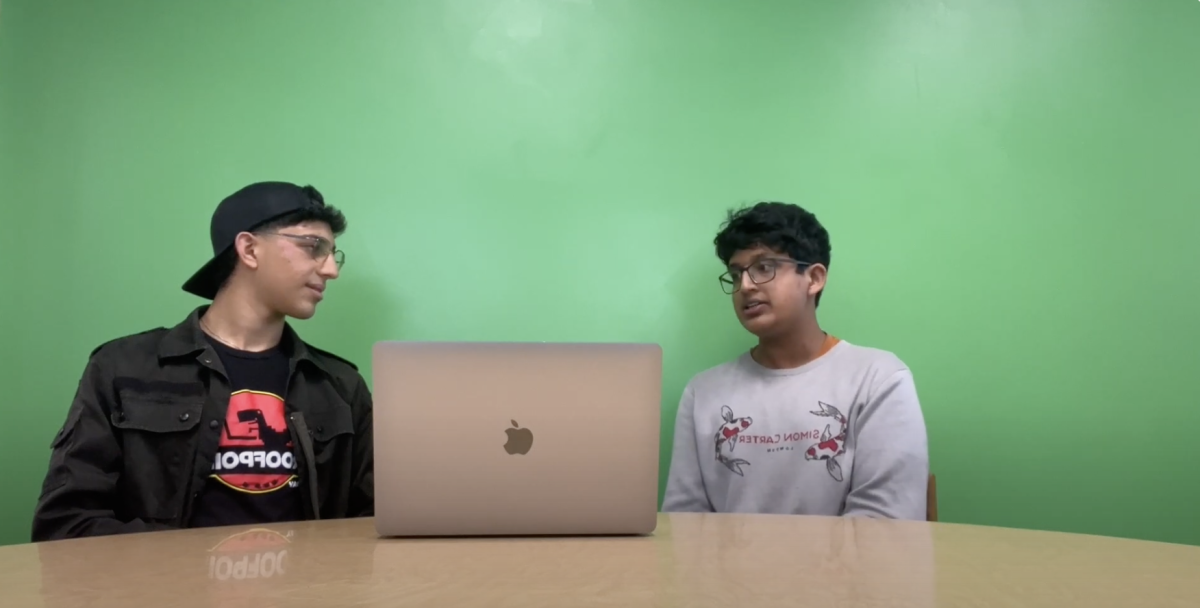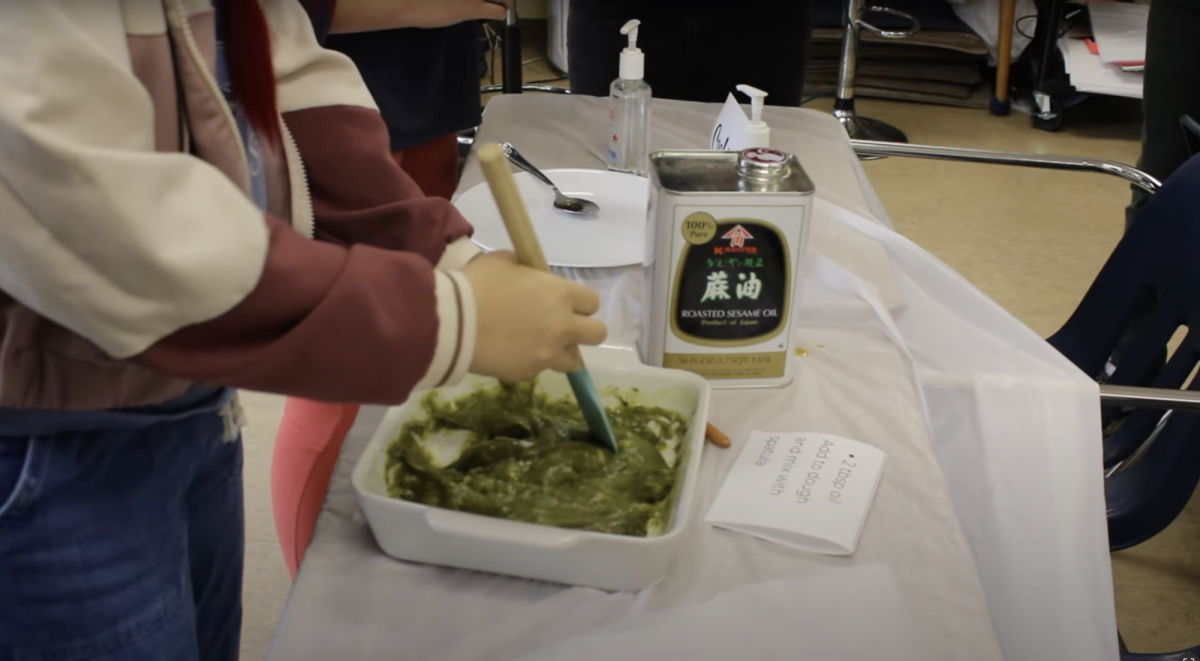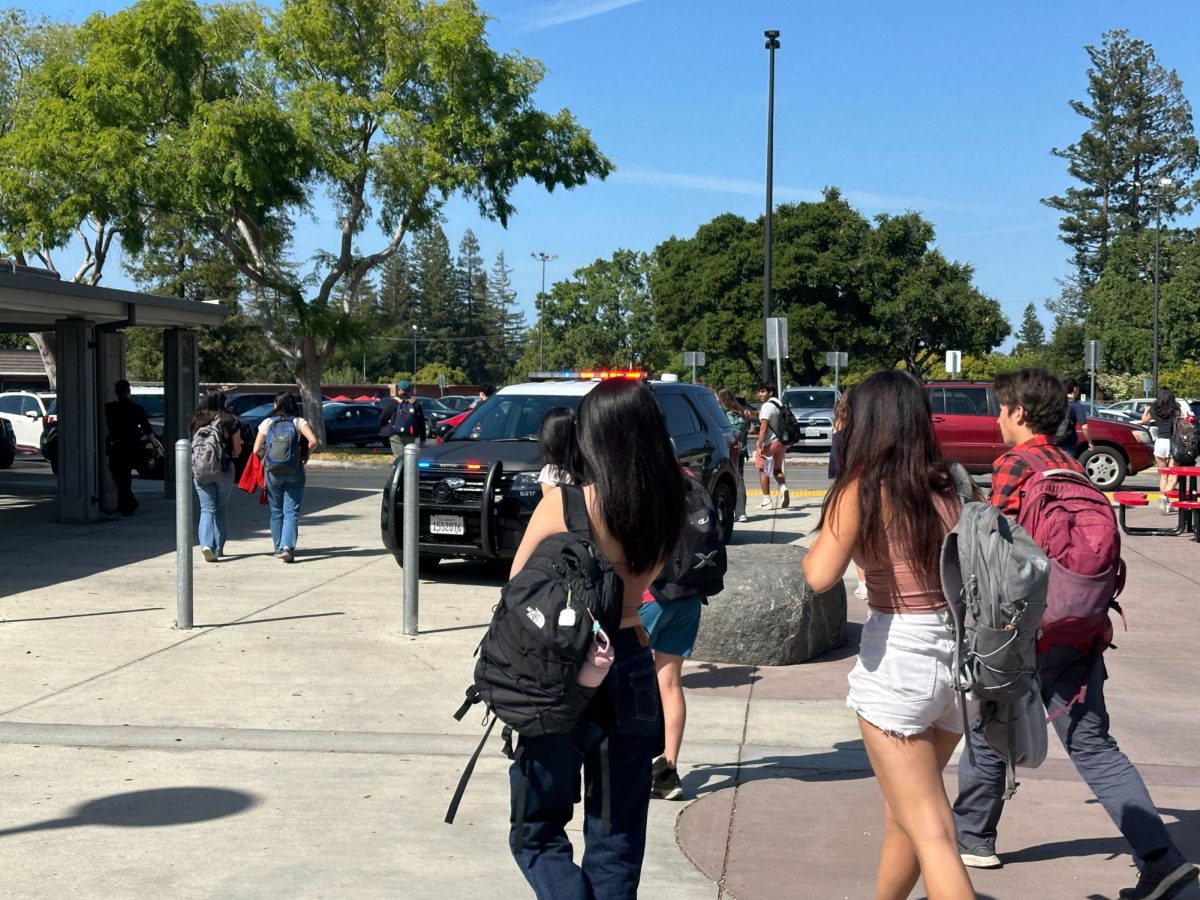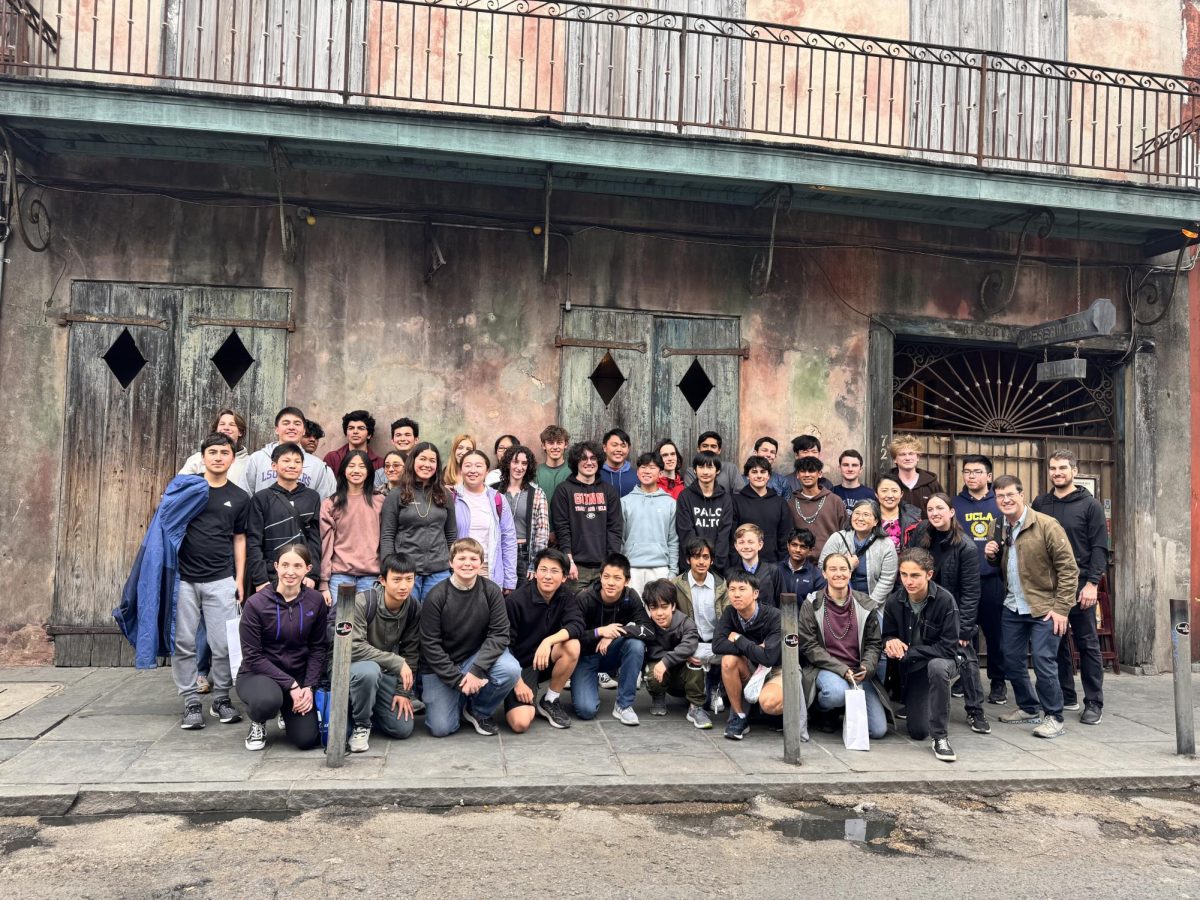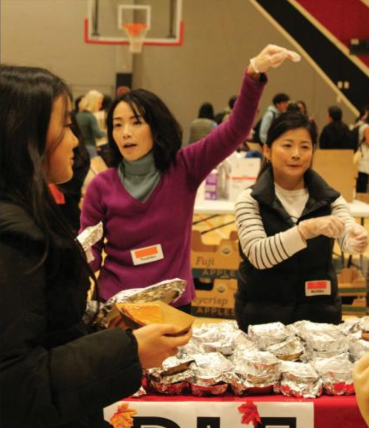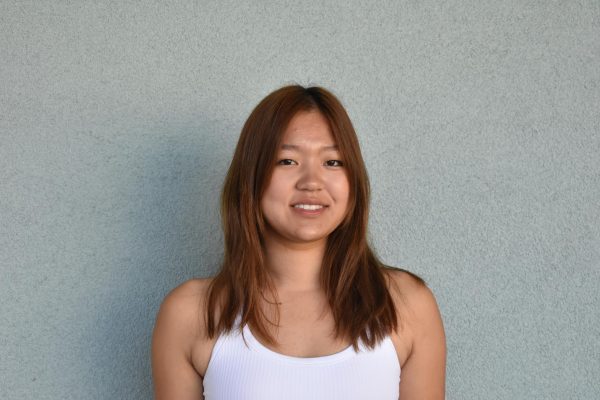On Thursday, March 14, Gunn’s Student Equity Committee held the school year’s final racial equity training for its members in the library. 32 students attended the training, which aimed to address concerns about equity on campus.
During the meeting, racial equity consultant Dr. Lori A. Watson discussed the historical roots of systemic racism. Throughout the presentation, she provided opportunities for students to share in table groups or with partners about their own identities and experiences in relation to race — including colorism and the idea of race as a social construct.
Attendees were all members of the Student Equity Committee, which comprises 50 Gunn students who work with the administration to recognize, discuss and act on equity disparities. There are currently six members on the committee board, and students can join the committee after introductory training. The committee also has six subcommittees — cultural event planning, curriculum planning, review and audit, outreach to middle schools, shared learning experiences and communication — that target different aspects of equity to achieve the committee’s larger goals. The committee holds quarterly meetings in addition to the equity trainings.
According to Assistant Principal Courtney Carlomagno, who advises the committee, the group works on projects to raise student and staff awareness, discusses larger equity-related decisions with administrators and makes the committee’s vision statement. This year, the committee also created the See Something, Say Something form, which allows students to report discrimination and harassment.
The Student Equity Committee has worked with Watson — founder of the organization Race-Work, which aims to cultivate anti-racist leadership — for three years. Two trainings held earlier in the school year, as well as the March 14 training, comprise Watson’s “L.A.W. Three-Phase Transformation Approach” to address racism and improve representation.
According to Watson, the first phase is the “learning” phase, in which students think more closely about race in their lives. The second phase, the “articulating” phase, equips students with the language and tools they need to talk about race. The last phase is the “working” phase, in which students transform their insights into actionable plans.
In this meeting, part of the “working” phase, students reflected on foundational principles introduced in the two previous meetings, which focused on “learning” and “articulating.” They were encouraged to think deeply about the causes of racial inequities and brainstorm potential action projects.
As in past meetings, Watson aimed to hear from students with different backgrounds.
“What they’re describing are a lot of experiences that they’re having where they do feel marginalized or discriminated against, but they just haven’t had a space to be able to talk about it in a real way,” she said. “And so what this does is give them a space to share, and for us to just be able to process through some things so (students) realize there’s nothing wrong with them.”
According to committee board member junior Nia Porter, the broader agenda of the training is to equip students with tools for activism.
“We always talk about the different parts of activism (and we have) a couple of alliterations for us to remember, like ‘dodge discomfort’ or ‘lean in to listen and learn,’” she said. “We also look at this intersection with mind, body, spirit and heart, and then talk about where we already are in terms of interactions (to) make sure we’re centered.”
The racial equity training meetings will continue to occur three times per school year as the Student Equity Committee gains further traction. Committee member and attendee junior Deegan Trainor believes that meetings can be more impactful with increased student input.
“The meeting broadened my understanding about the magnitude of equity issues, especially their prevalence at Gunn among both students and faculty,” he said. “However, expanding the reach of the committee to a broader audience and encouraging participation from students less familiar with the committee can benefit and enrich these discussions more.”
Ultimately, Watson’s primary goal at Gunn, in cooperation with the Student Equity Committee, is to cultivate anti-racist mindsets.
“My attempt with the Equity Committee is to really help them become anti-racist,” she said. “It’s just about developing some racial literacy and elevating their own personal racial consciousness, (like) being able to recognize how racism shows up on campus and the world around them and collectively be a capacity to disrupt how racism flourishes untouched.”




